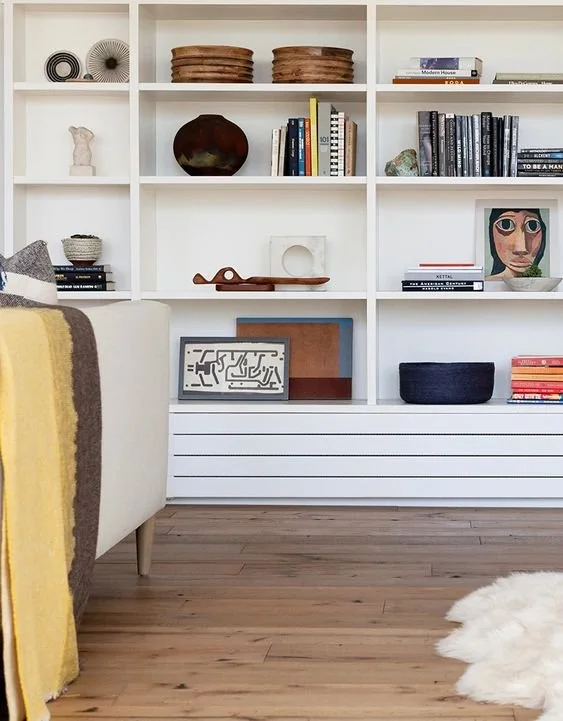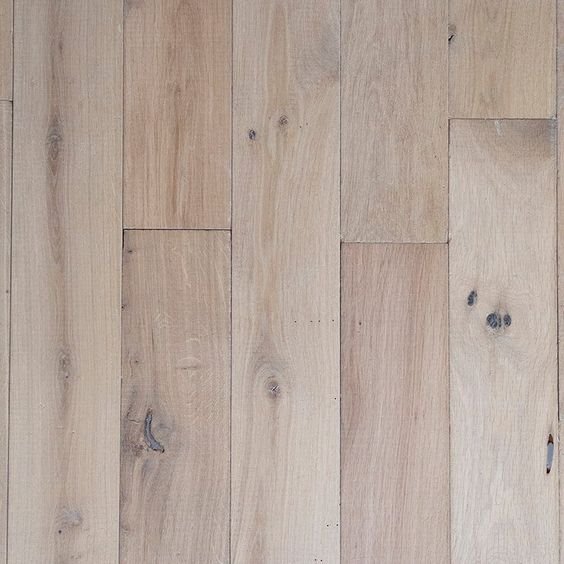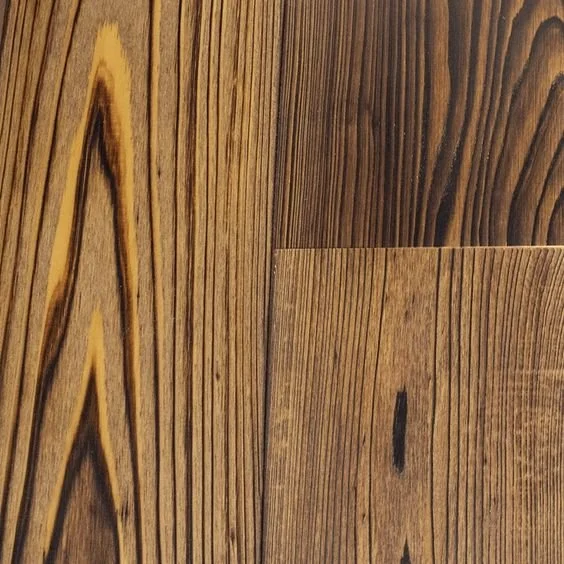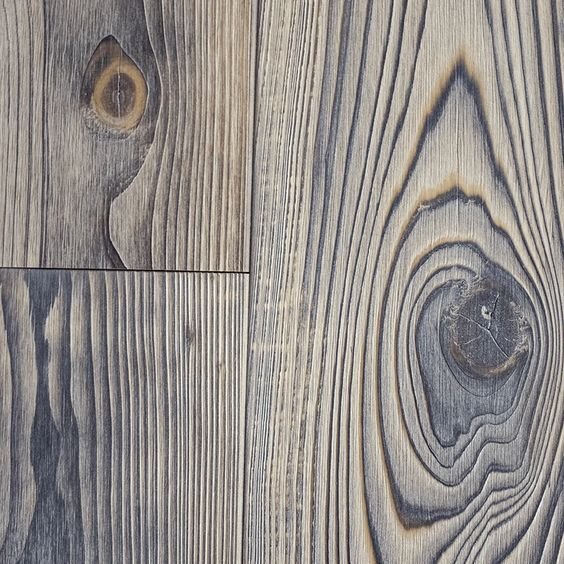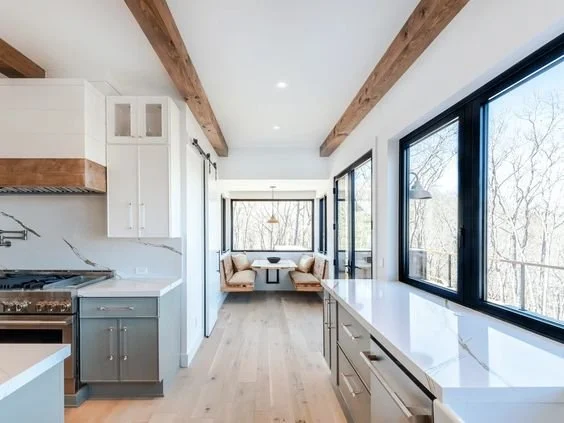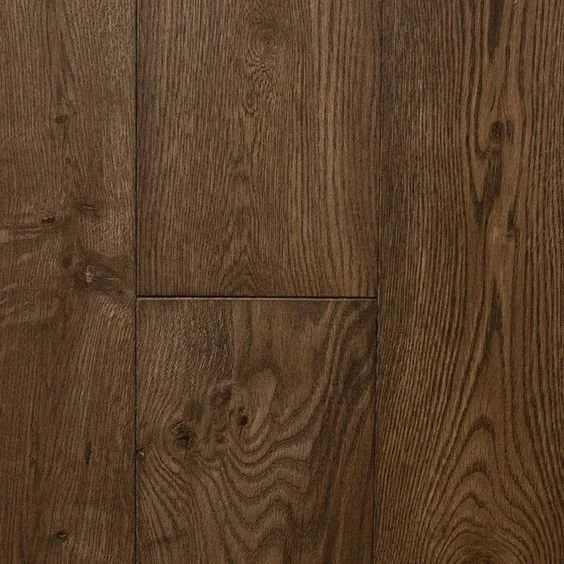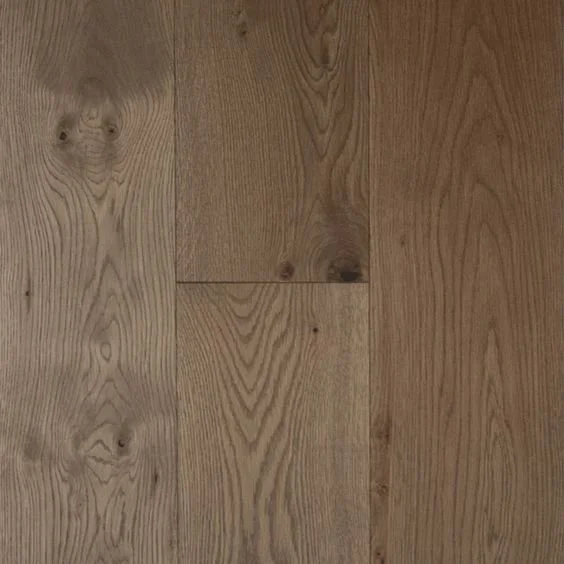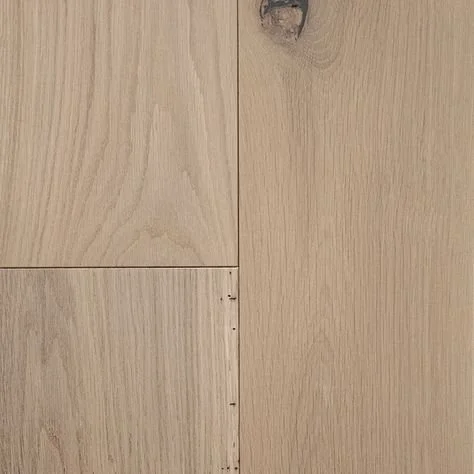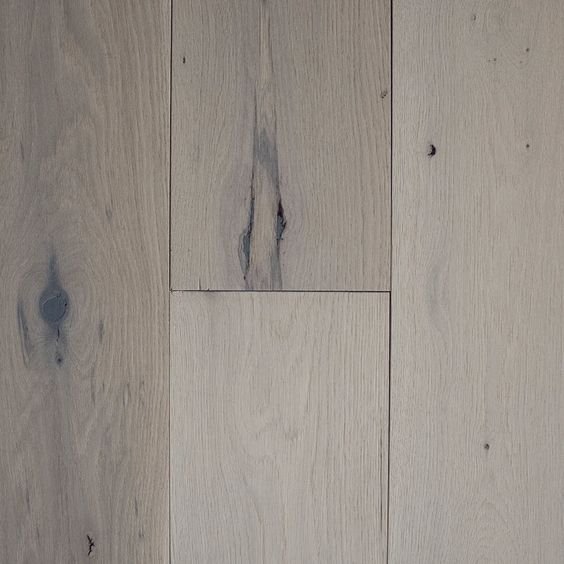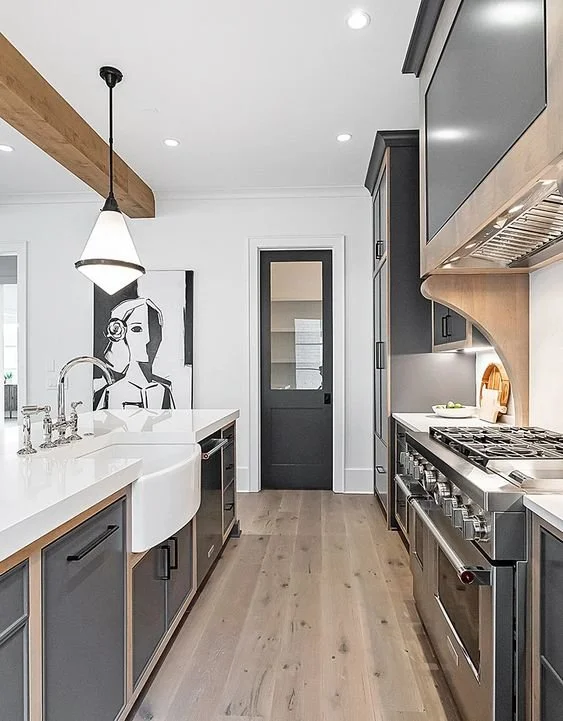Engineered Wood vs. Solid Hardwood: How to Choose What’s Right for You
Solid hardwood and engineered wood are both great choices for flooring at home and in commercial settings. Neither is definitively better than the other, and the right option for you will depend on your expectations and budget. To help you decide, we’ve put together this guide on the pros and cons of solid hardwood vs. engineered wood. This is guided by some of the beautiful solid and engineered wood floors by Mill and Woods, one of our boutique suppliers here at State and Season.
Photo via millandwoods.com
Solid Hardwood Floors
Solid hardwood floors are milled from hardwood species like oak, maple, cherry, or walnut. You’ll often pay more for solid hardwood floors because they are incredibly durable and resilient. Solid wood floors are very long-lasting, and one of the biggest benefits is that they can always be sanded down and refinished to restore their quality if damaged. This means that they can last anywhere from 30 to 100 years.
Solid hardwood floors are sound absorbing, offering some extra noise insulation for your home. They also add value to your home, which is a big bonus for many people who might consider selling in the future.
Mill and Woods offer solid wood flooring in a range of finishes. Their French Oak collection offers lightly stained oak with a range of beautiful modern patinas, finished with antique and fumed surface treatments. These are classic flooring choices that look beautiful in antique and modern homes alike.
For something a little different, the Shou Sugi Ban collection offers solid hardwood floors and wall panels milled from cypress trees and finished in a Japanese charring technique. Learn more about Shou Sugi Ban here.
Photo via millandwoods.com
This residential project features solid French Oak floors by Mill and Woods, laid in a chevron pattern. This offers a classic, elegant finish to midcentury furnishings and bright, airy space. For more midcentury modern living rooms, check out our gallery here.
Photo via millandwoods.com
Engineered Wood Floors
Engineered wood is made with a real wood veneer over engineered base layers of plywood. It’s a more cost-effective choice and it’s easier to lay, and it can be very effective at mimicking the finishes of genuine wood. It can be almost impossible to distinguish good quality engineered woods from solid ones.
Engineered wood offers excellent quality and finish at a more affordable price than solid hardwood, but the downside is that it can’t be sanded down and refinished to extend its lifespan once it becomes damaged. Good quality engineered wood floors can still last between 25 and 40 years.
The American White Oak collection from Mill and Woods showcases just how beautiful engineered wood floors can be. Made with hardwood from American White Oak trees, these floors are easy to install, durable, and elegant. From light oaty tones to rich walnut finishes, there are options for many different types of design projects.
Photo via millandwoods.com
When choosing between solid and engineered wood for your floors, consider your budget, durability, and maintenance needs. Solid hardwood wins on durability and longevity, which will also pay off in terms of value in the long term. Good quality engineered wood, on the other hand, offers an easier-to-install alternative that looks just as beautiful.
Still undecided? Contact us or visit the State and Season showroom to view the Mill and Woods collection and much more.

